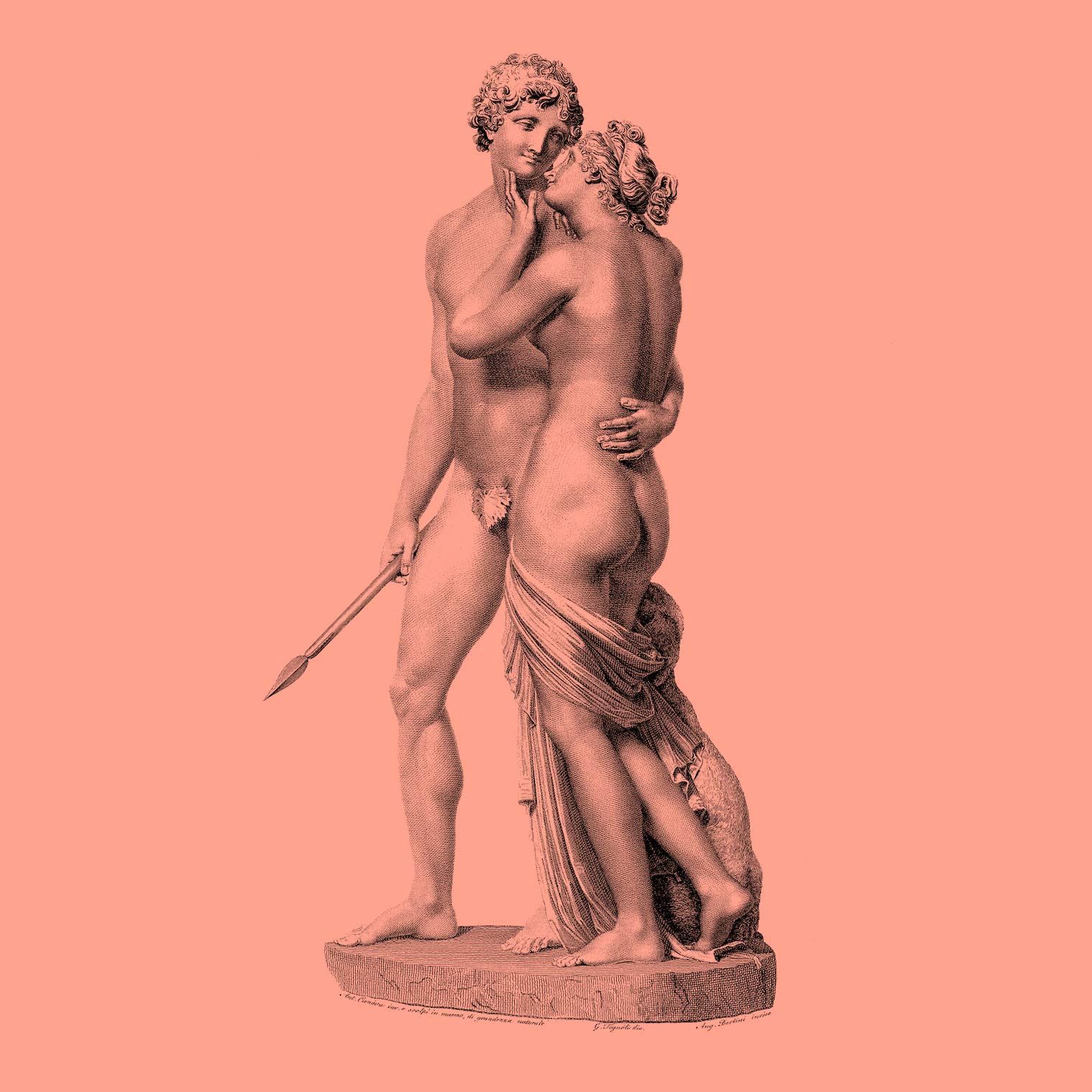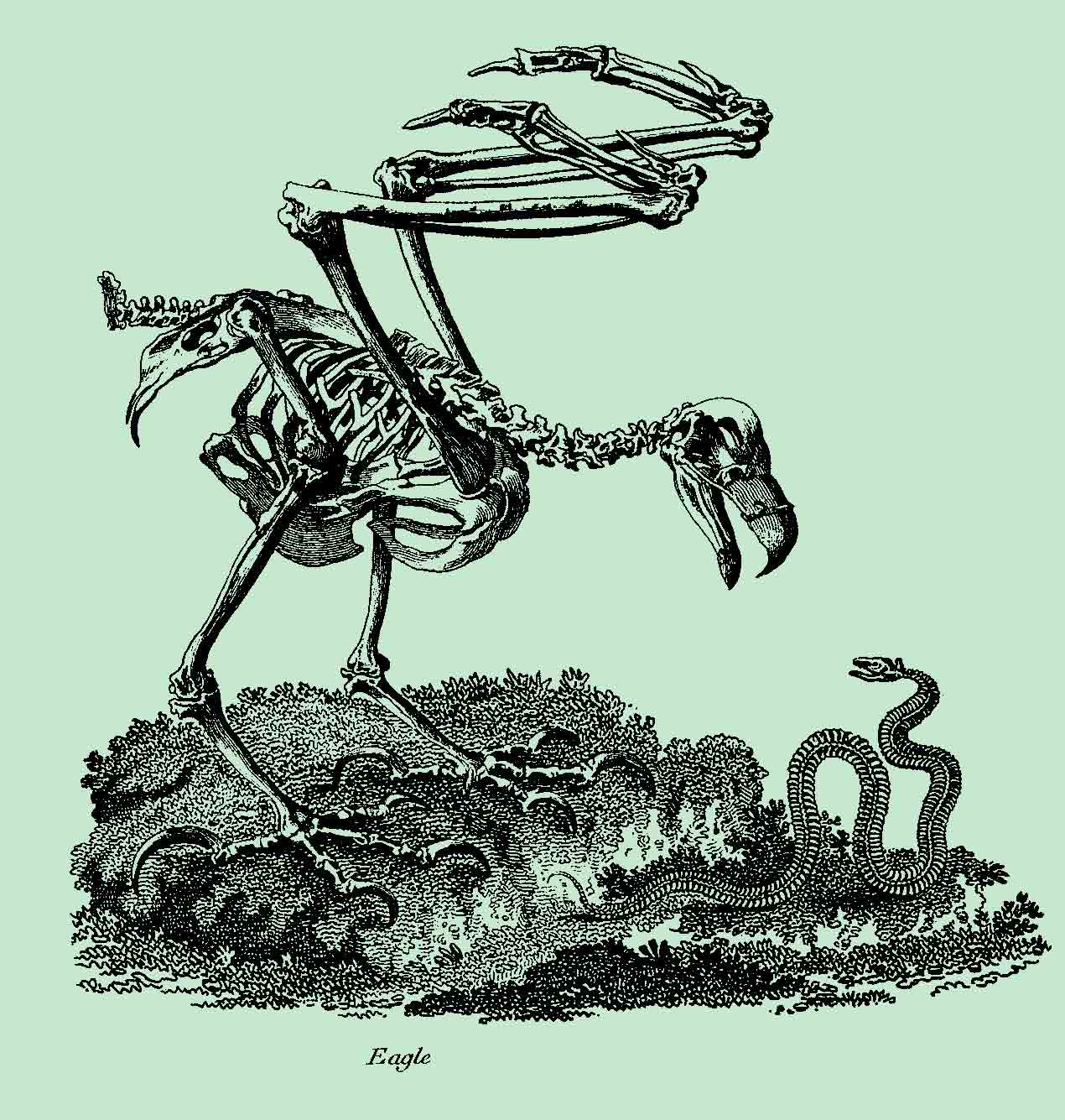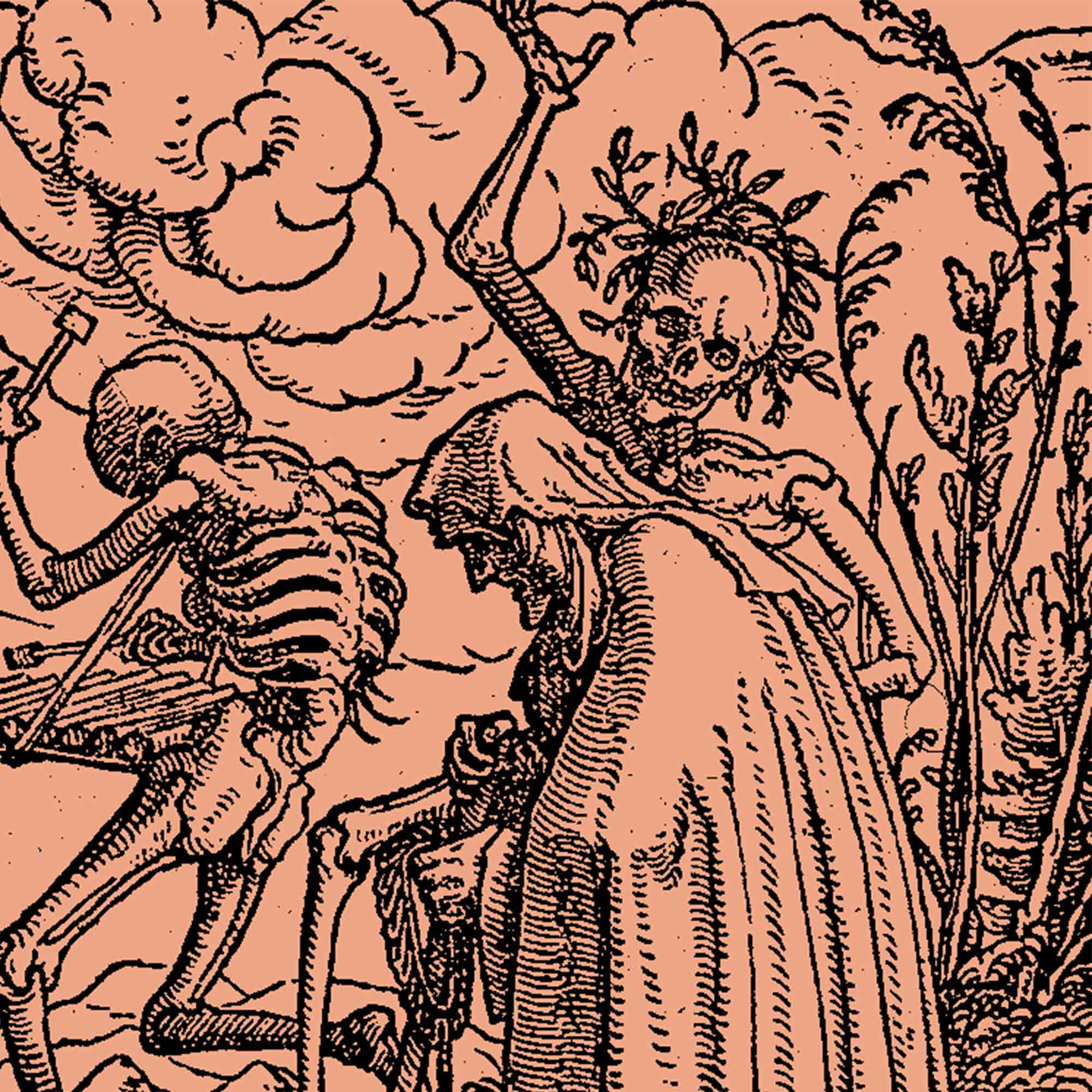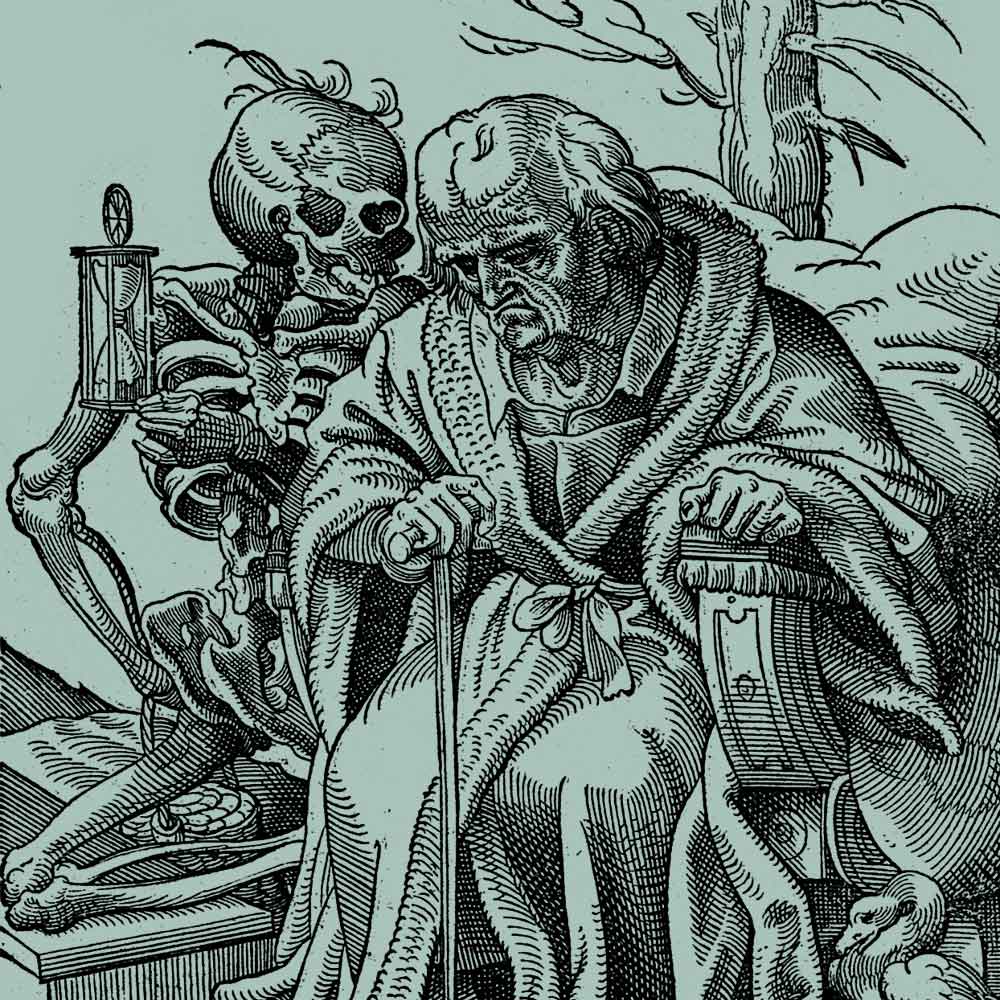News

Ancient Greece
Surprising facts reveal what statues really looked like in ancient Greece
The ancient Greeks learned the art of sculpture from the Egyptians. Initially, they worked in the Egyptian style, creating figures that copied their rigid poses and forward-facing gaze. The distinctive classical Greek aesthetic emerged over centuries, celebrating freedom of movement, idealised proportions and a sense of harmony and balance.

anatomy
Unusual facts about birds and their skeletons
Bird skeletons are fascinating; they need to be lightweight to fly but strong enough to withstand the stresses of flight. To achieve this, birds have hollow bones, and the bones themselves are structurally very dense, stiff and strong.

Blog
An introduction to The Dance of Death and it's symbolic meanings
The Dance of Death, also known as danse macabre, is an allegory describing the universality of death. Many artists have created their interpretation of The Dance of Death; each version comprises a series of separate images featuring a character from the social strata, from a king to a peddler.

Blog
An Introduction to Tattoo Symbolism and their meanings
Tattoo culture as we know it today has origins stretching back thousands of years. Tattooing has been practised across the globe since at least Neolithic times (1900 BC), as evidenced by the finds of mummified preserved tattooed skin and the archaeological record.

Blog
A Guide to Understanding Memento Mori. What They are and Where to Find Them
A memento mori (Latin for 'remember that you must die') is an artistic or symbolic reminder of the inevitability of death.
